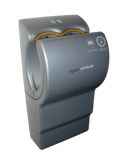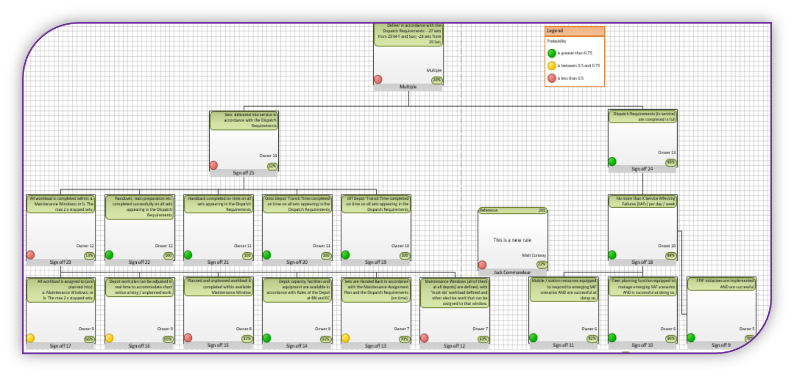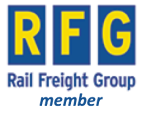Are you a proponent of the Dyson Airblade hand dryer?
It seems to be widely appreciated and purchased accordingly – popping up in more and more toilet and washroom facilities.
Figure 1. Dyson Airblade 1-3Or is it an overrated fad? In some railway stations Dyson Airblades are being taken out again and replaced by hand dryers that are, arguably, far less capable.
Observations on the Dyson Airblade 1-3 suggest that most people tend to dunk their hands together up and down the machine in some way or another, relatively rapidly for a short period of time. Indeed, the instructions on the very machine itself could be interpreted to suggest that this is the correct method.
This is probably how people expect the machine to work, since the action is not too far removed from the method required for traditional hot air hand dryers – and we are creatures of habit. The Dyson Airblade 4-5 with its single air blade encourages this thinking, being closer to a traditional dryer, visually.
Figure 2. Dyson Airblade instructions

However, the secret of the Dyson Airblade is in the ‘blade’. The original marketing for the product explained that the principle of the Airblade is to ‘scrape’ the water from wet hands rather than to attempt to evaporate it. This is a crucial realisation.
Moving your hands around in the air flow just tends to move the water around on your hands rather than scrape it off completely!
Figure 3. Dyson Airblade 4-5Perhaps there are people everywhere walking away with wet hands, maybe keen to believe that the Dyson machine is an improvement on traditional hand dryers but completely missing the huge benefit available, and perhaps even mildly disappointed or at least underwhelmed.
How could it be used more effectively?
Next time you encounter a Dyson Airblade 1-3 with wet hands why not try this:
- Place both hands together deep into the gap (ideally entering through the side openings), until the fan starts up and you feel the air ‘blade’ on your wrists;
- Withdraw both hands slowly, allowing the air blade to scrape the water from your hands and drip from your fingertips to the drain at the bottom of the machine, until you feel the air ‘blade’ pass beyond the end of your fingertips;
- Repeat steps 1 and 2 if necessary – no more than once;
- Allow the machine to shut down;
Think ‘squeegee’ not ‘chamois leather’!
On the Dyson Airblade 4-5 simply draw your hands slowly backwards letting the air blade at the bottom of the machine start at your wrists and slowly scrape the water off – like a squeegee – first one side of your hands and then repeat for the other.
If you have been one of the disappointed thus far then you may be amazed at how incredibly well this method works – first time, every time.
So, what’s the point here?
To get the best performance out of a product you may need to intercept some ingrained behaviours, make a space for curiosity and explore how the product was intended (and designed) to be operated!
Figure 4. Assurance Case Mapping for process analysis and prediction
At IPEX we do a lot of work, in one way or another, reviewing and evaluating operational delivery, project effectiveness, and the capabilities and performance of railway assets and processes. In one example, we analysed a train operator’s service delivery capability for a key fleet and across the multiple railway functions to derive a numerical probability of delivering a defined level of fleet availability. The objective, combining deep domain familiarity with a dispassionate intellectual rigour, was to determine the level of confidence and provide structured decision support for a crucial business expansion initiative – press ‘go’ or stay put. The structured approach and numerical analysis was needed as a balance to support, challenge and test the intuitive and empirical approach employed within the experienced engineering team and provide an overt audit trail. This analysis required a critical review and assessment of the way in which the many crucial steps in the whole process were intended to work and truly could be expected to do so.
Are there aspects of your business that would benefit from a fresh, focused review, to examine the true capabilities of the product, process or service, and whether they are truly being enjoyed as they should be?







